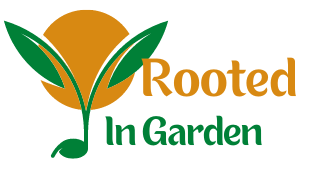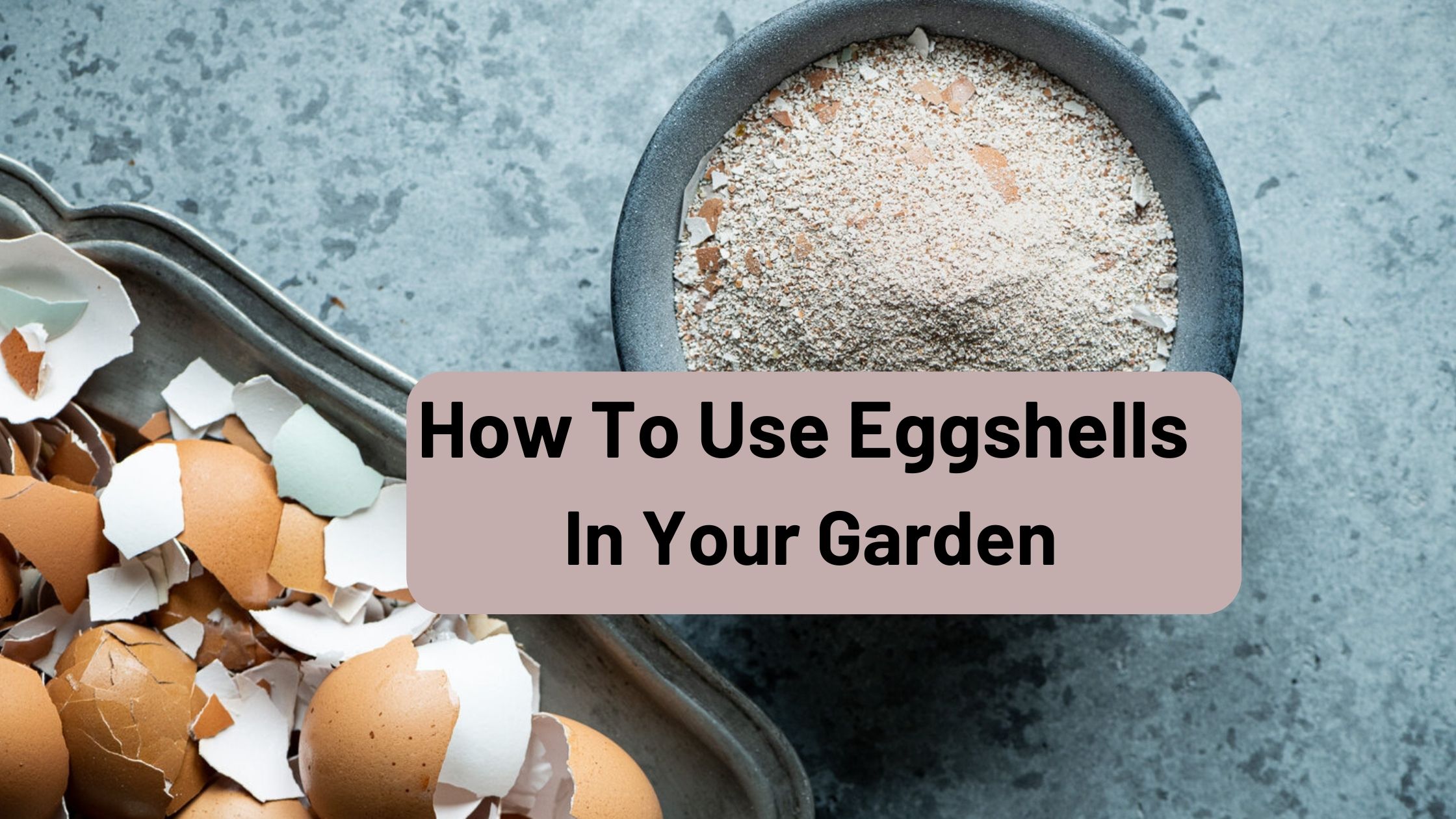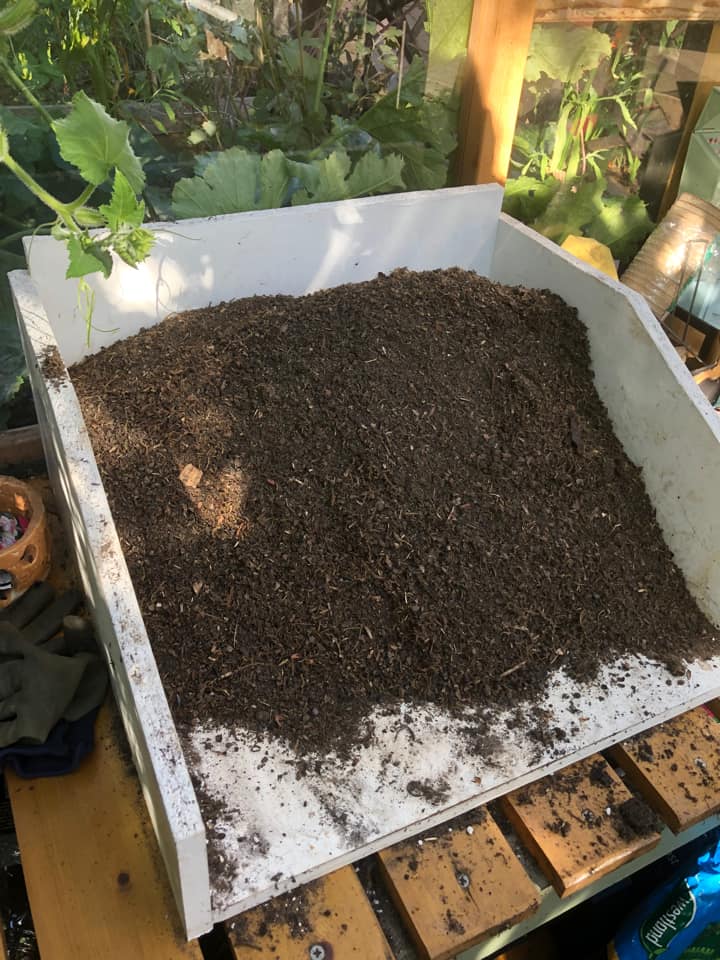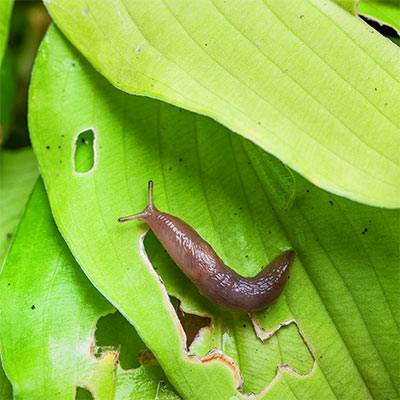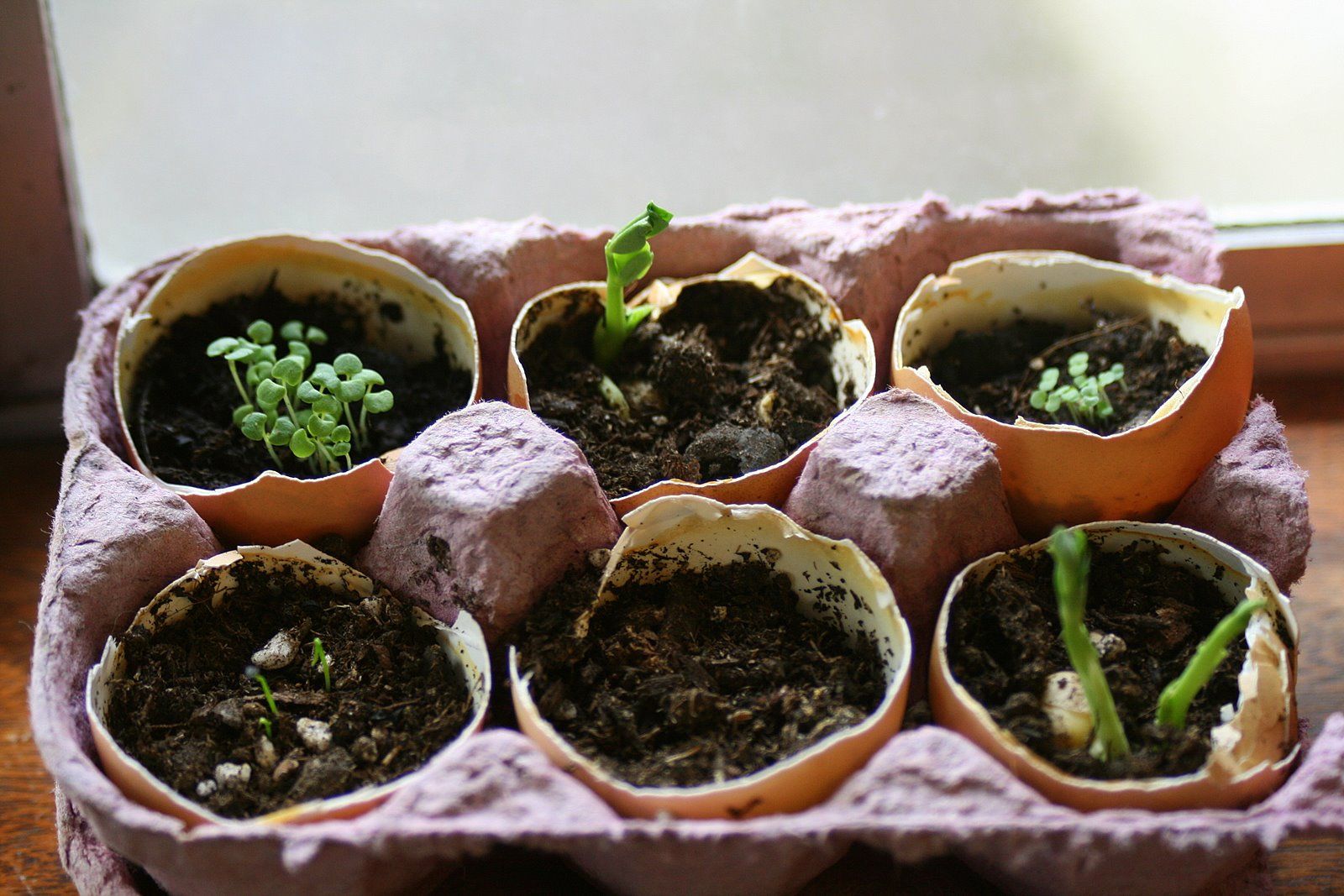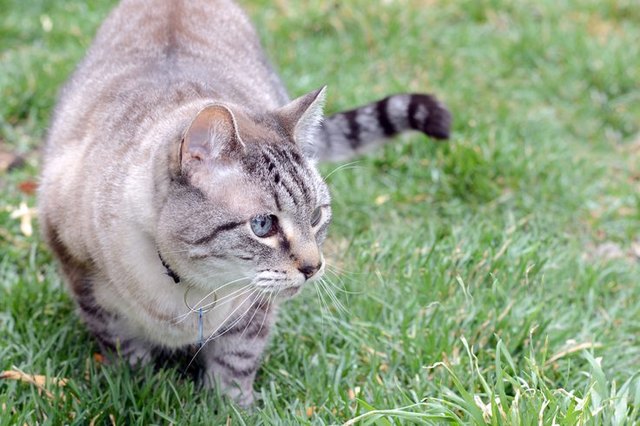Your garden can significantly benefit from eggshells, an often-overlooked resource that enhances soil quality, deters pests, and promotes plant growth. So, instead of disposing of them, collect and use them in your garden.
These seemingly mundane kitchen scraps are not only beneficial to plants, but they are also easy and simple to use. Join me to discover the myriad ways of using eggshells in your garden.
How To Use Eggshells In Your Garden
1. Soil Amendment
Calcium carbonate, a predominant element in eggshells, is vital for plant growth. Calcium is crucial in developing strong cell walls, promoting root development, and preventing diseases caused by calcium deficiency, such as blossom end rot in tomatoes and peppers.
Eggshells also contain traces of magnesium, potassium, and phosphorus, which contribute to overall soil fertility. In addition, eggshells, which are alkaline, can help regulate soil pH. They can mitigate acidity in acidic soils, thereby balancing pH levels for optimal plant growth.
Moreover, finely crushed eggshells create small air pockets in the soil, promoting better root growth and water retention.
How to Use Eggshells as a Soil Amendment
- Collect and thoroughly wash eggshells, allowing them to dry completely. After that, crush the shells into tiny pieces or grind them into a fine powder using a blender or mortar and pestle.
- Sprinkle the shells around the plants’ bases or directly mix them into the soil prior to planting. For best results, distribute the eggshells evenly across the garden bed.
- For established plants, gently work crushed eggshells into the soil’s top layer around the root zone. Repeat this application periodically to maintain soil health.
Read More:
2. Add To Your Compost Pile
Enhance the nutrient content of your compost and supercharge the decomposition process with eggshells.
The calcium in eggshells fosters healthier microbial activity within the compost pile. Additionally, as eggshells break down, they will help improve the structure of the compost, adding aeration and preventing clumping by creating small air pockets.
How to Compost with Eggshells
- Rinse your eggshells thoroughly to remove any remnants of egg or membrane, then allow them to dry completely.
- Crush the dried eggshells into smaller pieces. Grind them into a fine powder using a blender or mortar and pestle for faster decomposition.
- Add the crushed shells to your compost in layers. Intersperse them with other compostable materials like yard waste and kitchen scraps.
- Create a good balance of brown (carbon-rich) and green (nitrogen-rich) substances in your compost heap. Eggshells contribute to the carbon side of the equation, so pair them with materials rich in nitrogen, like vegetable scraps.
- Periodically turn or aerate the compost pile to facilitate the breakdown of materials and ensure even distribution of eggshells throughout the compost.
Note
Depending on factors like temperature and moisture, eggshells can take several months to break down fully. So be patient and monitor your compost regularly. Also, adjust the balance of materials if needed.
3. Deter Pests
Are crawling insects like slugs and snails terrorizing your plants? Deter them by creating a physical barrier with eggshells. The sharp edges of crushed eggshells create a jagged and abrasive surface, making it hard for crawling pests to cross over to access your plants.
How To Use Eggshells as Pest Deterrent
After washing and drying eggshells, crush them into tiny pieces or grind them into a coarse powder.
Sprinkle the crushed eggshells around the base of plants or in the areas where you want to prevent pests from accessing them. Create a consistent and uninterrupted layer to form a barrier.
Reapply crushed eggshells after heavy rainfall or when the layer gets disturbed. This will ensure the barrier remains effective.
4. Eggshells As Seed Starters
Using eggshells as containers for young seedlings is a great idea as they provide a protective and nutrient-rich environment for seeds to germinate and grow. The shells naturally break down over time, allowing seedlings to be transplanted directly into the ground without disturbing their roots.
Seed Starting in Eggshells
a) Preparation
Carefully crack the top of an eggshell and empty its contents for culinary use. After that, rinse the shells thoroughly and allow them to dry completely.
Create drainage holes at the bottom of each eggshell with a pin or small nail to prevent waterlogging.
b) Creating Seedling Containers
To create eggshell containers for your seedlings, use either of these methods.
- Egg Carton Method: Place cleaned and dried eggshell halves in an egg carton, then fill each shell with potting soil and plant seeds according to their depth requirements.
- Eggshell Tray: You can also create a tray by placing several eggshells in a larger container or tray, filling them with soil, and planting seeds.
c) Seed Germination
Keep the eggshells in a warm, well-lit area conducive to seed germination. Ensure the soil is constantly moist, but don’t make it soggy.
When the seedlings are established and ready for transplantation, carefully place the entire eggshell with the seedling into the ground. Bury the eggshell deep enough to provide stability but not too deep to hinder the growth of the plant.
5. Mulch
Eggshell mulching offers a natural and beneficial way to nurture your plants and soil. As the shells decompose, they release calcium and other minerals into the ground.
The shells can also help regulate soil moisture by reducing evaporation, thus keeping the soil evenly moist for plants. Moreover, they help keep the soil aerated and boost the soil structure.
How To Mulch With Eggshells
Crush clean dried shells into small pieces or grind them into a fine powder using a blender or mortar and pestle.
Spread crushed eggshells evenly around the base of plants or across garden beds as a surface mulch. Ensure a consistent layer without creating mounds that might obstruct water flow.
Alternatively, mix crushed eggshells into existing mulch to enhance its benefits. The eggshells will gradually decompose and integrate with the mulch layer.
Read More: Plants That Like Coffee Grounds and How To Use Them
6. Supplement In Chicken Feed
Are you a chicken owner seeking ways to enhance the quality of the eggs your hens produce? Add eggshells to their feed. The calcium in the shells helps laying hens have strong eggshells and prevents issues like thin or brittle eggs. The other minerals in eggshells benefit your chicken’s overall health.
How to Incorporate Eggshells Into Chicken Feed
- Combine the crushed eggshells with the regular chicken feed on a ratio of approximately 1-2 tablespoons of crushed eggshells per 10 pounds of feed.
- Offer the mixed feed in the chicken feeder as part of their daily diet.
Note
Do not feed your chicken whole shells because that could make them develop a taste for consuming their own eggs.
7. Deter Cats
Steer cats away from your garden beds, designated areas, or spaces you do not want them to access by spreading crushed eggshells around these areas. Cats will avoid walking through these areas because the jagged edges of crushed shells feel uncomfortable on their paws.
8. Decorate Your Garden
Beyond practical purposes, you can transform eggshells into visually appealing elements to decorate your garden. How do you do that, though?
Collect eggshells of various hues by saving shells from naturally colored eggs or using safe food dyes to tint the shells. Once you have enough shells, crush them into desired sizes and lay them in adhesive or concrete to form your chosen design.
After that, seal the finished mosaic with a clear protective coat to ensure longevity, allowing your garden to showcase your artistic flair. Use your mosaic creation to decorate the borders around your plants or pathways.
9. Label Plants
You can also use eggshells to label your plants. Write the name of the plant or seed variety on a clean, dry shell using a permanent marker, then place these shells near the respective plants or seedlings.
Conclusion
The next time you crack eggs, keep the eggshells. Incorporating eggshells in your garden offers bountiful rewards, from enhancing your garden’s aesthetics to contributing to the overall health and vitality of your plants and soil.

Hey there, fellow plant enthusiasts! I’m Rachel, the green-thumbed writer behind Rooted In Garden. With a deep-rooted love for all things botanical, I’ve made it my mission to help you cultivate a thriving collection of houseplants. As a devoted plant parent myself, I understand the joys and challenges that come with nurturing these leafy wonders. Whether you’re a succulent aficionado, an orchid enthusiast, or simply adore all potted flora, join me on this journey as we explore the secrets to growing and caring for our beloved green companions. Together, let’s create a flourishing oasis indoors.
